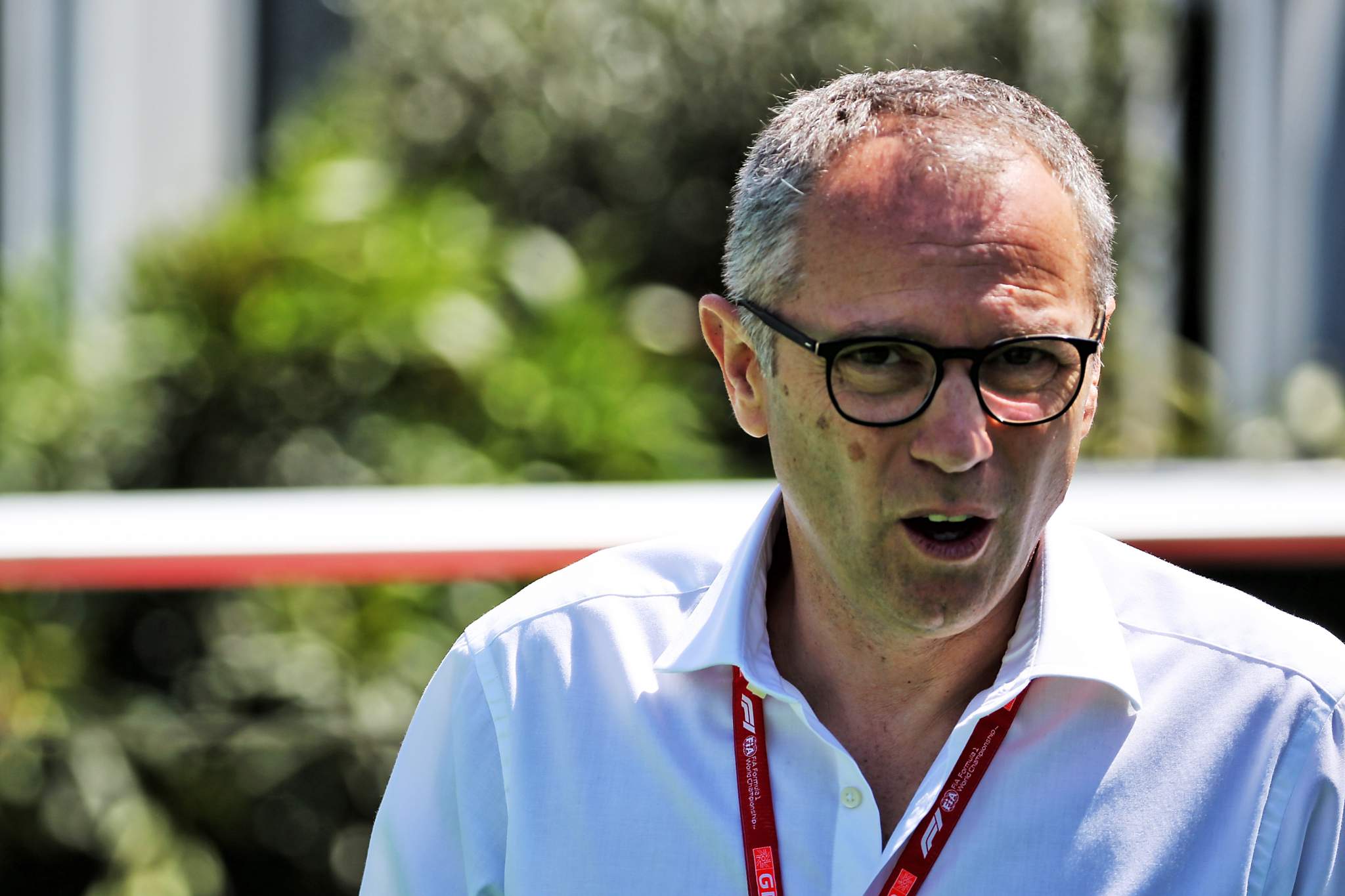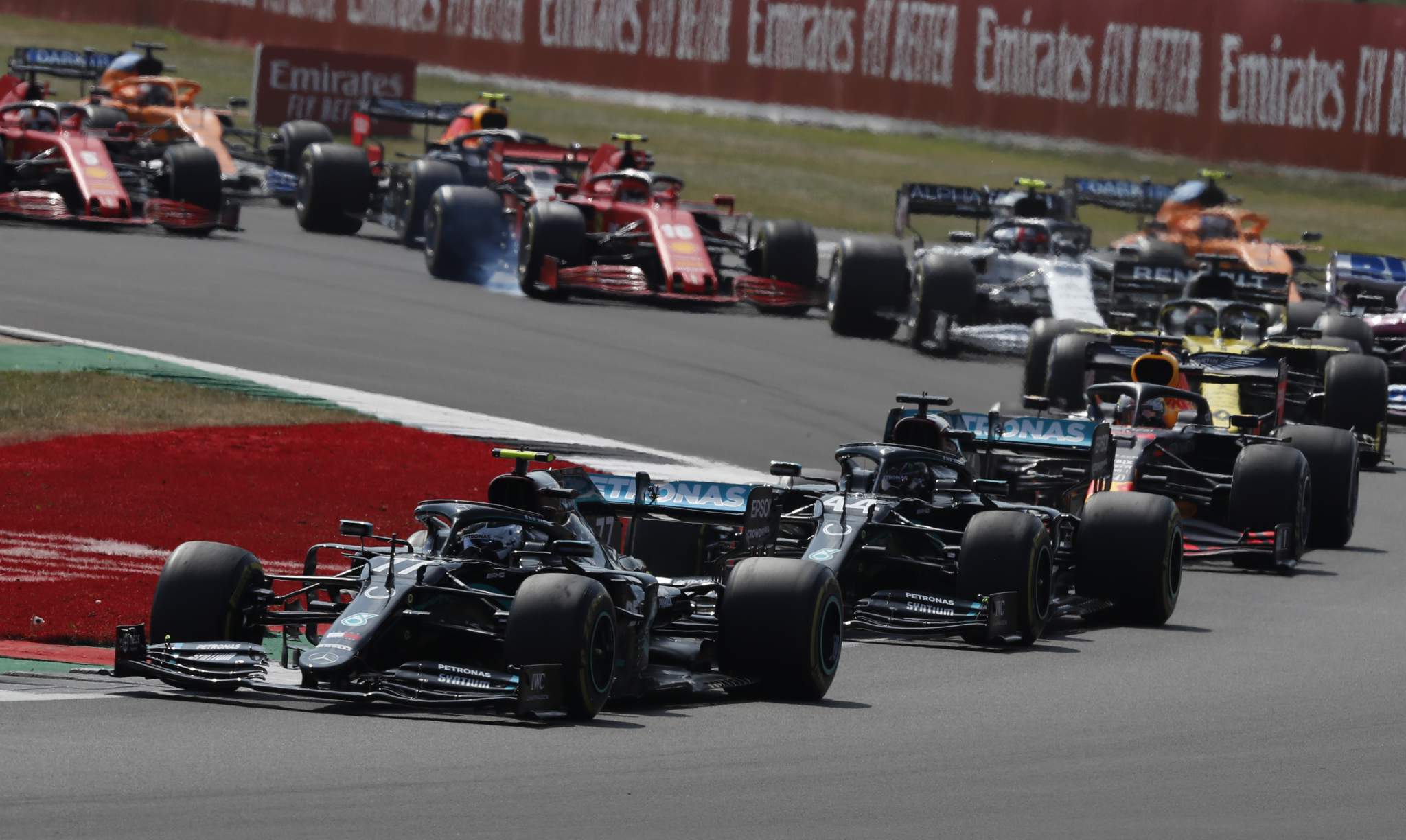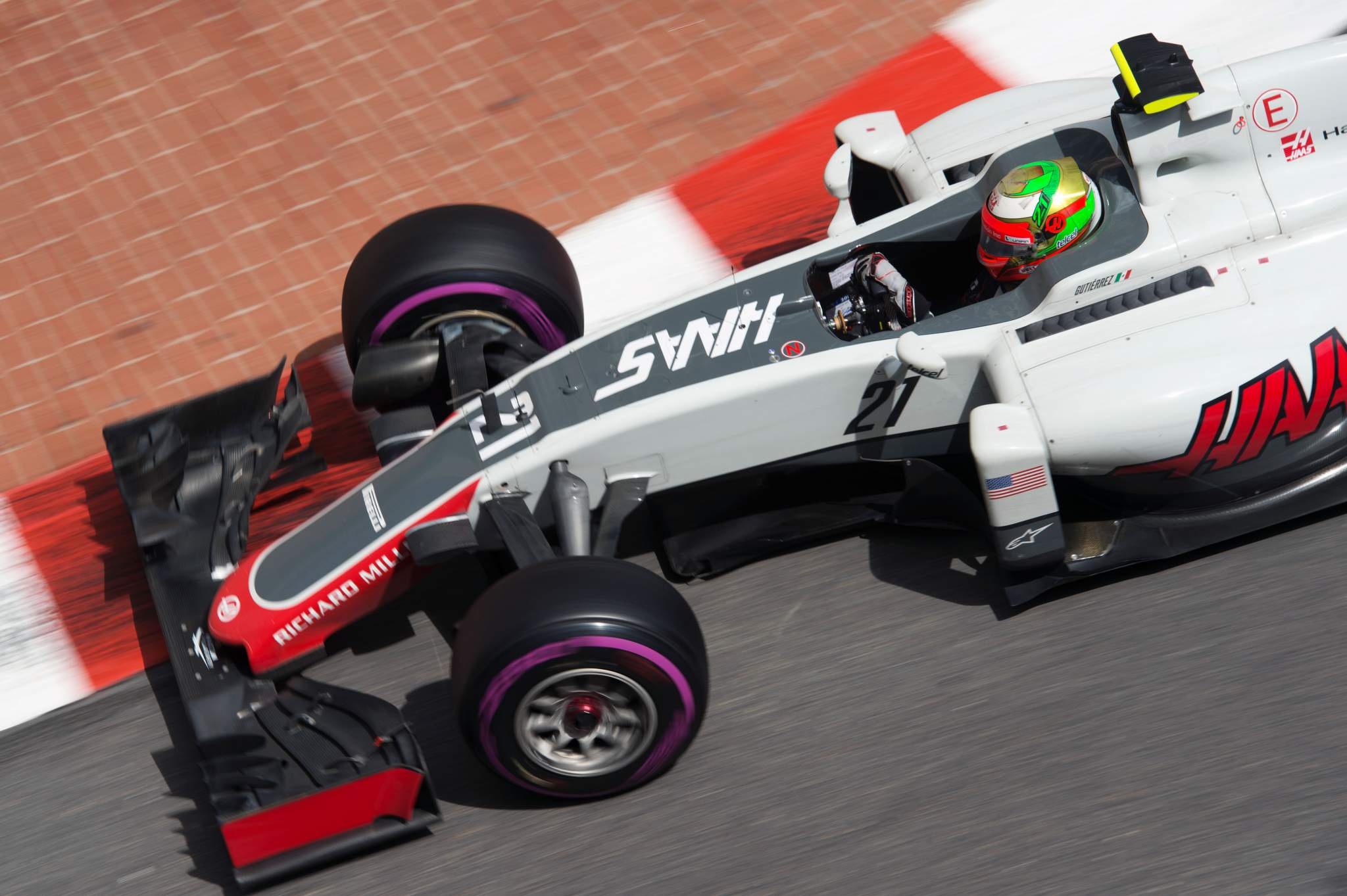The man behind a prospective Monaco Formula 1 team project claims it is “ready” to get its entry into the championship approved, despite not previously being considered a serious potential entrant.
In 2019, at least two groups were known to have prepared prospective F1 entries.
Monaco Increase Management, which looks after ex-F1 racer Pascal Wehrlein and IndyCar driver Alex Palou, was one of those organisations in collaboration with Campos Racing.
It had targeted F1’s incoming budget cap to secure a 2021 entry, although Brawn said that any potential new team would have to wait until at least 2022 – which the new rules have subsequently been deferred to.
MIM claimed to have spoken to F1 sporting boss Ross Brawn and then-F1 CEO Chase Carey and claimed it had the funding in place to make the project a reality.
Though F1 and FIA chiefs never referred specifically to any entry, the legitimacy of the MIM bid was undermined by FIA president Jean Todt when he said none of the aspiring entrants were serious enough.
In the new Concorde Agreement signed by all 10 existing teams last year, F1 introduced a $200m anti-dilution fund designed to protect the current entrants.
That fund was ostensibly a deposit that needed to be paid by any new team and shared evenly between the existing competitors.
It was to simultaneously ward off any potential entrants without the means to compete properly, and give the current teams some compensation for having to share more of F1’s revenues.
However, it was known that the stakeholders could waive the anti-dilution fund if required – a sentiment new F1 CEO Stefano Domenicali reiterated last week during a media call.

In response to Domenicali’s comments, MIM published a statement from its founder and CEO Salvatore Gandolfo on Monday suggesting that the door was open to its team becoming a reality.
Gandolfo said the “Monaco F1 Racing Team Project” was the first to discuss a prospective entry with F1’s bosses, “realising the potential of the new technical regulations that was initially supposed to come into force in 2021”.
It was understood to have carried out some preliminary work but is a long way from being considered a serious prospect, hence the dismissive comments of Todt two years ago.
“We believe that the recent statements of the new F1 CEO Stefano Domenicali, which suggest that the $200m entry fee for new teams could be waived, represent a step forward in the right direction,” said Gandolfo.
“We appreciate the open attitude of both Stefano and the FIA and are ready to take the necessary steps in order to have our application finalised.”
However, it was already known last year that F1 was opening to adapting – or dropping – the $200m fee depending on the entrant.
That MIM has welcomed this as a new development therefore suggests a direct line of communication doesn’t exist and hasn’t for a while.

F1 is keen to attract new brands and Domenicali has commented positively about talks with potential future entrants – like his predecessor Carey did last year.
However, these are almost potential engine manufacturers, rather than more small teams.
It seems unlikely that F1 will expand beyond 10 entries unless a major manufacturer or serious and well-supported individual wishes to get involved.
That would suggest MIM’s interest in Domenicali’s comments are an opportunistic reaction to chatter about potential new teams rather than evidence of a team F1 wants.
Why F1 doesn’t need this kind of new team

The anti-dilution fund was interpreted last year as an attempt to kill off the prospect of serious new teams, because why would anyone be willing to pay $200m just for the privilege of spending many more hundreds of millions on setting up the team, creating the infrastructure and covering running costs?
But raising the barrier of entry is exactly the point. F1’s priority now is protecting the 10 teams it does have and making successes of them, rather than welcoming fresh problems with open arms.
The records of F1’s most recent new teams show what it takes to succeed. Haas entered in 2016 to rapid success with a controversial Ferrari-dependent model but has struggled to attract sponsors to offset the cost of running the team and sorely needed the new Concorde terms to be favourable in order to stick around.
Going back further, the three new teams that appeared in 2010 had all disappeared by the second half of the decade thanks to financial collapse. One, HRT, changed ownership before it started and raced its first year with a show car. All three underwent identity changes due to changing ownerships. And there was a fourth team, USF1, that never got near the grid.
Those teams entered F1 under the expectation of a budget cap that never materialised. F1 is different now and one could argue that now is the perfect time for such new teams to be encouraged. Unfortunately, welcoming bids from all-comers would be a breeding ground for chancers.

Because F1 has always tempted chancers, people who spot – or think they spot – an opportunity to make money from the championship’s perceived glitz and glamour. This would be even more frequent as F1 heads into a much more cost-friendly future.
They will see the opportunity for more bang for their buck. These are the sorts of teams that will be killed off. Not serious propositions.
With the new era of F1 designed to keep teams interested and successful for the long-term, perhaps the $200m might even be viewed as an investment by a mega-bucks manufacturer or organisation that’s dead set on joining F1 but can’t find an existing team to partner, buy in to, or take over.
A new entry willing to shoulder the burden of that premium would only be of the calibre that could bring further value to F1.
A premium of $200m to enter F1 – on top of everything else a new team needs – looks like a typically selfish F1 decision. And that’s because it is. But for once it’s for the right reasons and contributes to a bigger, better picture.




